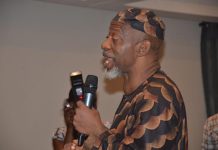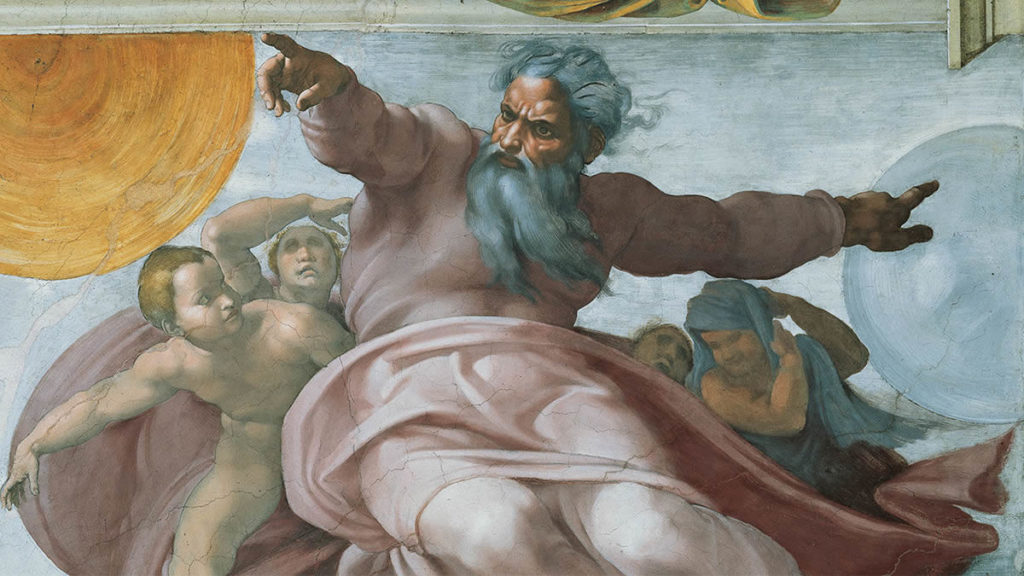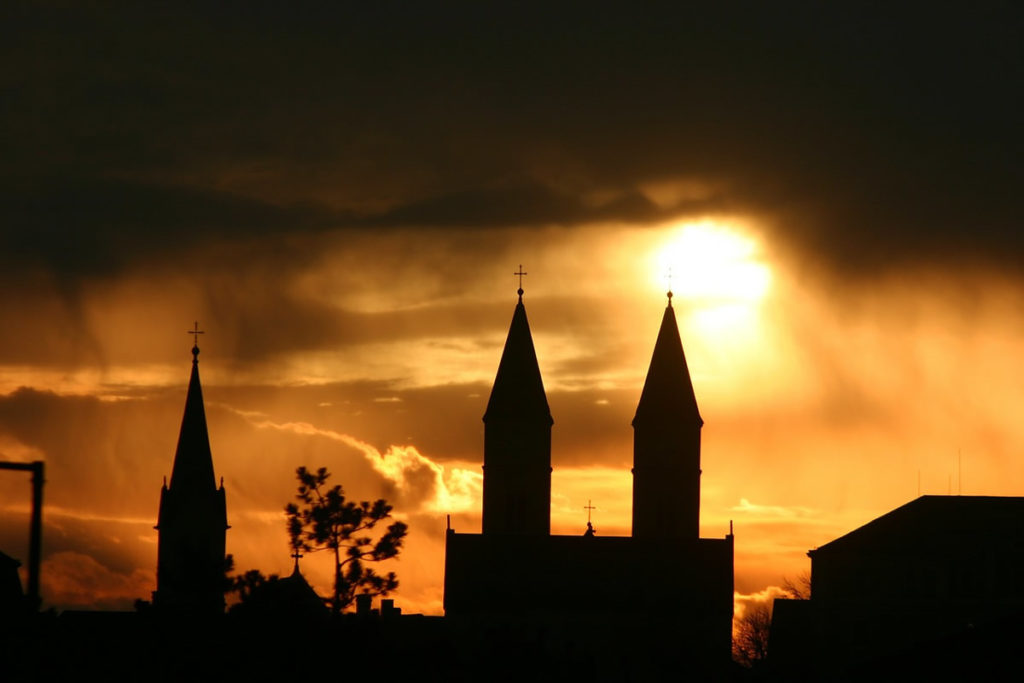What came first: all-seeing gods or large societies?
A search for the origin of religions
HORUS, AN ANCIENT Egyptian sky god, was often depicted as a sharp-eyed falcon. Lord Buddha’s eyes are supposed to be able to look in four directions at once. The god of Abraham sees everything, always. A “Big God” of this sort—a supernatural “eye in the sky” who cares whether people do right by others—is a feature of most of the world’s top religions. But it was not always so. Anthropological research suggests that the gods who watch over small societies tend to demand only that people show deference to them. Big Gods come later.
One theory holds that this is because small societies do not need a supernatural policeman. If everyone knows everyone else, antisocial elements are easily managed. But as societies grow, and especially as they absorb ethnically and culturally diverse groups through conquest, a different policing mechanism is needed. What could be better than an all-seeing eye that enforces co-operation between friends and strangers alike?
If this theory is correct, it raises another question: which comes first, a Big God that permits a big society, or a big society that requires a Big God? That question is addressed by a paper published in this week’s Nature by Harvey Whitehouse of Oxford University and his colleagues.
Over the past eight years the team has built a historical database, dubbed Seshat after a goddess of knowledge who was Horus’s contemporary. With the help of a small army of historians and archaeologists, they have accumulated data on more than 400 societies that have existed in the past 10,000 years.
In previous research, the group identified 51 highly correlated variables that gauge a society’s complexity, such as population size, the presence of bureaucrats or paper money. They have now asked how this composite indicator of social complexity relates to the presence, or absence, of moralising gods.
Seshat divides the globe arbitrarily into 30 regions. Twelve housed societies that offered data on their complexity before and after the emergence of Big Gods. In ten of these 12 regions, Big Gods appeared about 100 years after a society took a leap forward in complexity, with populations in the region of 1m.
That suggests Big Gods are a consequence of big societies, not a cause of them. But interrogation of Seshat revealed another religious phenomenon that played a role in driving societies towards greater complexity: frequent, collective rituals such as daily food offerings to gods. These rituals predate Big Gods in nine of the 12 regions by long periods of time, around 1,100 years on average.
Dr Whitehouse’s hypothesis is that, because they were easy to learn and were performed often, such rituals may have allowed beliefs and practices to spread to much larger populations than had previously been possible, helping to unify those populations around a common identity. Only subsequently do Big Gods emerge. Both innovations seem to have consolidated or stabilised societies that had recently expanded. If true, this would fit with findings the same group published last year.
On that occasion they tested a theory that has been popular for several decades: that societies became recognisably “modern” in the mid-first millennium BC, during the so-called “Axial Age”, the period in which figures such as Plato, Buddha and Zoroaster appeared on the scene, promulgating moralising ideologies.
Instead, the latest study showed that the various components of that age, including legal codes and moralising gods, emerged gradually over a much longer period, starting in the third millennium BC and ending after the appearance of the first complex societies. If Dr Whitehouse and his colleagues are correct, today’s religions did not create modernity but, in the past at least, they held it together.
From The Economist March 20, 2019




























